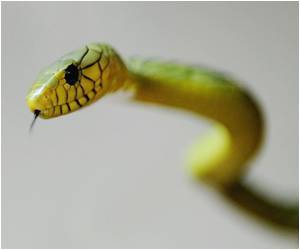A new research revealed how the ancestors of snakes and lizards switched their reproductive mode back and forth over the time, and gave birth to the young rather than laying eggs

The findings push researchers' understanding of the evolution of live birth a lot further back in time to 175 million years ago, showing that live birth has a much more ancient past as a strategy than previously believed. The findings are backed by several recent plesiosaur and mosasaur fossil discoveries and the fossil record of a few lizards from the Cretaceous Period, which had embryos in the mother and had live birth.
Dr. Pyron analyzed an evolutionary tree containing all groups of squamates—the group that comprises lizards and snakes—which he and a team of researchers published in the journal BMC Evolutionary Biology earlier this year. The tree, which uses DNA sequencing technology to group thousands of lizards and snakes, includes all families and subfamilies and most genus and species groups.
In total, about 115 groups of lizards and snakes, or about 2,000 species, have live birth. The other 8,000 species lay eggs—at least right now.
Dr. Pyron is working next to analyze all tetrapods—a group comprised of animals with four legs, such as amphibians, reptiles, birds, mammals and turtles— to see if there are any new surprises about the evolution of their reproductive modes. He also wants to test the genetics at work behind the evolutionary switching of reproductive mode.
Source-Eurekalert








